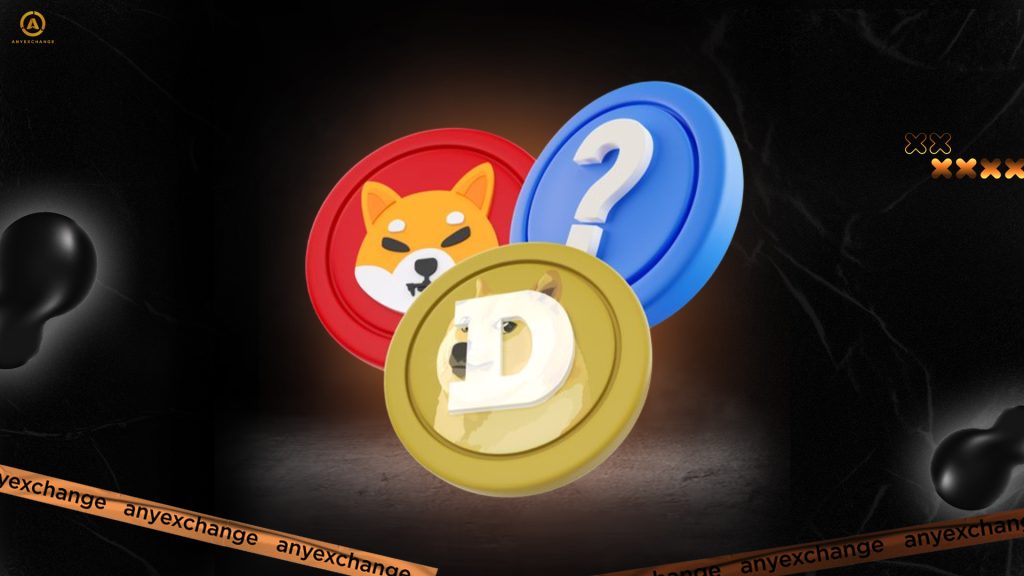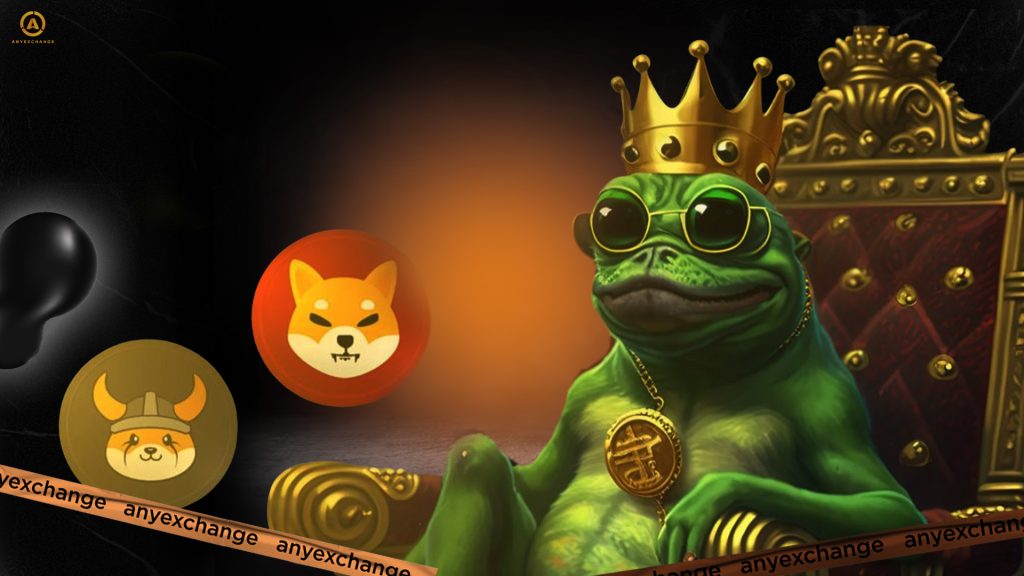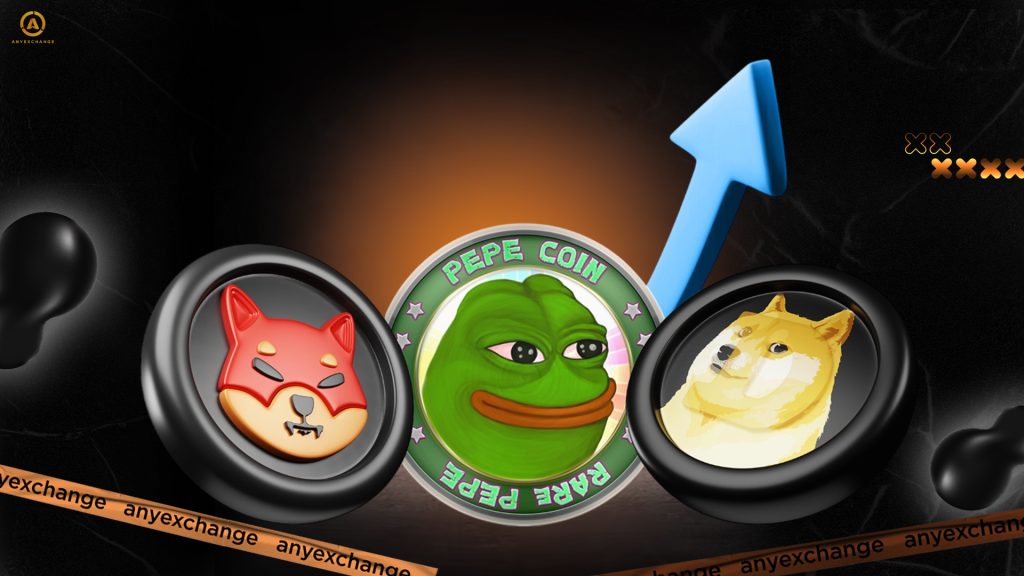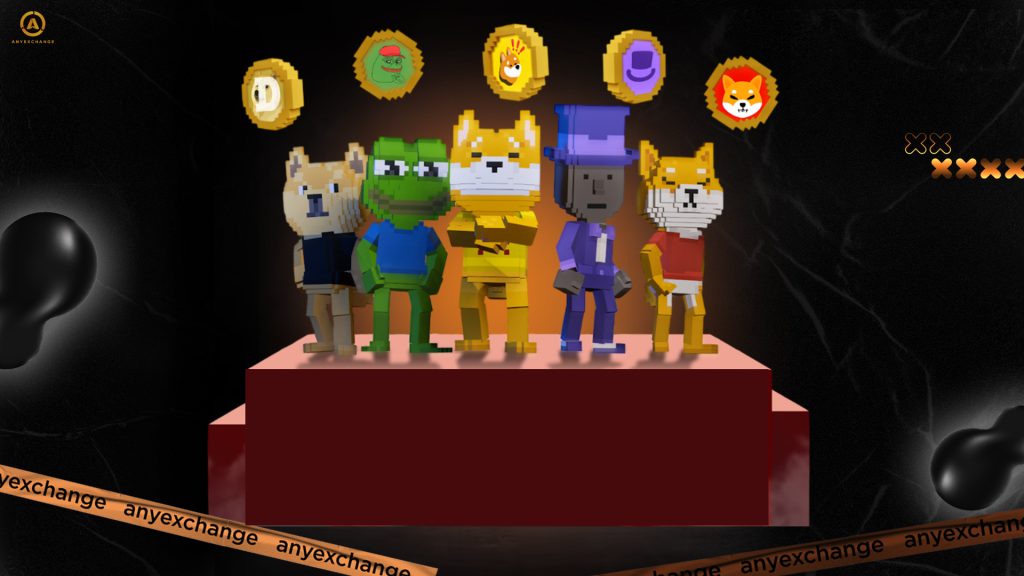
The beginning of this year was marked by a simply extravagant series of memecoins hitting the market. First of all, the crypto community watched the proliferation of the Trump couple, releasing coin after coin. The U.S. president, an active participant in the crypto space, introduced his TRUMP token, which initially skyrocketed in value, but then flopped, losing about 50% of its peak value. His wife, Melania Trump, was also in debt and launched a coin MELANIA, but it did not attract any commercial interest from the market. They were followed by rumors of possible tokens related to the rest of his family, but they remain at the level of speculation.
Then Trump’s company was joined by CAR President Faustin-Arkange Touadera, who revealed his allegedly official memetoken to the world “as an experiment to bring people together that could put the Central African Republic on the international arena.” The coin reached a capitalization of $900 million before correcting to around $400 million. It is not yet known for sure if the Central African Republic has entered the international arena, but if this memecoin corrects to zero in the near future, no one will be surprised.
Cryptogurus did not lag behind the world’s politicians either. In particular, Changpeng Zhao (CZ), the founder of the Binance exchange, who spent four months in a U.S. court accused of violating AML rules and almost finished writing a book, first told the crypto community that he had a dog named Broccoli. A short time later, the first “Broccoli” millionaires appeared on the market. At least two traders are known to have made a fortune on BROCCOLI memecoins: one of them earned at least $7 million in seven minutes by investing just 1 BNB (~$707 at the time), the other — $27.8 million. However, the story is still silent about how much money other users lost on a coin with a Belgian sheepdog.
This surge in interest shows that the popularity of memecoins continues to grow despite the general awareness of their high risks and lack of real value. In this article, we’ll look at why memу coins are becoming popular, what factors influence their price performance, and how social media and celebrities are helping to promote them. We will also look at the ups and downs of popular memecoins and determine whether they should be considered an investment tool or just a speculative trend.
What are Memecoins
They are cryptocurrencies created based on internet memes, jokes or socially relevant trends. Unlike traditional cryptocurrencies, memecoins usually have no fundamental value or technological innovation. They emerge spontaneously and gain popularity thanks to communities, jokes and social media hype. In other words, their commercial value is primarily based on their high virality.
The number of memecoins is huge, in the tens of thousands. At the same time, according to Binance Research, about 97% of them are considered “dead,” meaning they have zero trading volume. According to CoinGecko and CoinMarketCap, there are currently more than 500 “live” memecoins, but only a handful of them are reaching significant capitalization and sustainable demand.
Analytics show that less than 5% of launched memecoins show long-term profitability for their owners, and the vast majority lose value within the first few months.
Meme coins are also characterized by extremely high volatility: their price charts often resemble a “parabolic curve”, where a sharp rise is followed by an equally rapid fall. Nevertheless, some memecoins, such as Dogecoin (DOGE), Shiba Inu (SHIB) and Pepe (PEPE), have managed to maintain high liquidity thanks to an active community and constant ecosystem development.
Why are memecoins gaining popularity?

This is due to several factors, including: the role of social media in promoting memecoins, the influence of celebrities, and a low barrier to entry.
The influence of social media and communities
Social media plays a key role in the spread and success of memecoins. Platforms such as Reddit, Twitter, and TikTok allow for the rapid dissemination of information and the engagement of a wide audience. For example, the WallStreetBets community on Reddit has repeatedly taken meme coins to the next level by organizing mass purchases and creating a “FOMO” (fear of missing out) effect. Twitter, on the other hand, has become an arena for meme coins thanks to the activity of influencers such as Ilon Musk, whose posts have repeatedly caused dogecoin prices to skyrocket.
The rise of Pepe (PEPE) is also an example of the power of social media. Launched in 2023, the frog coin was not taken seriously at first, but thanks to massive discussions on crypto forums and Twitter, its capitalization exceeded $1 billion in just a few weeks.
The role of celebrities and influencers
One of the fundamental aspects of the growth of such coins is celebrity endorsement. Elon Musk’s influence on memecoins is undeniable: every mention of Dogecoin on Twitter led to a sharp rise in price. In 2021, Musk announced that Tesla would begin accepting Dogecoin as payment for merchandise, which immediately increased demand for the coin.
In addition to Musk, other celebrities are involved in creating and promoting memecoins. For example, rapper Snoop Dogg has endorsed Dogecoin, and billionaire Mark Cuban has spoken out about its potential as a form of payment.
Affordability and low threshold of entry
Another reason for the growth of memecoins is their low price. This makes them attractive to novice investors. The ability to buy millions of tokens for a few dollars creates the illusion of high potential returns.
The Most Popular Memcoins Today
Dogecoin and Shiba Inu Success Story

Dogecoin was created in 2013 as a parody cryptocurrency based on a popular meme featuring a Shiba Inu dog. The project was originally intended as a joke, but quickly gained popularity thanks to an active crypto community and celebrity endorsements. In 2021, DOGE reached an all-time high of $0.73, followed by a correction. Despite the volatility, Dogecoin remains one of the most popular meme coins and continues to be used for payments and donations.
Shiba Inu (SHIB) emerged as the “Dogecoin killer” in 2020. It was developed on the Ethereum blockchain and quickly gained popularity. One of the key factors behind SHIB’s success was the launch of the decentralized exchange ShibaSwap, as well as the token burning mechanism, which helped increase its value. In 2021, SHIB skyrocketed by thousands of percent, attracting a lot of attention from investors.
Pepe and other new memecoins
Pepe (PEPE) became one of the most talked about memecoins of 2023. Its popularity grew thanks to an active community on Twitter and Reddit that created a buzz among crypto investors. Within weeks of its launch, PEPE reached a capitalization of $1 billion. In addition, the PEPE ecosystem is growing thanks to the integration of second-layer solutions that increase transaction speeds and reduce fees, making it more convenient for users. In addition to Pepe, other projects such as Floki Inu (FLOKI) and Wojak (WOJ), which are rapidly gaining popularity thanks to viral marketing, are also showing active development.
How to Make Money with Memcoins: Strategies and Risks
Memecoin Investment Strategy

A comparison of memecoins and traditional cryptocurrencies shows that memecoins attract traders looking for quick profits. Short-term trading requires constant market monitoring and quick decision-making, while long-term investors rely on growing popularity and acceptance. Either way, coins of this type are much more in demand for short-term trading strategies than for long-term investments.
Risks of Investing in Memecoins
High volatility makes Memecoins extremely risky assets: their price can rise by hundreds of percent in a matter of hours, but fall just as quickly.
Pumps and dumps organized by large token holders often lead to sharp price spikes, which can cause newcomers to lose their investments.
In addition, a significant portion of new memecoins are created for the purpose of fraud: developers launch a project, artificially inflate the price, and exit, leaving investors with devalued assets. Schemes like rug pull remain a serious threat to those who invest in memecoins without careful analysis.
Therefore, it is important to know how to choose a promising memecoin and avoid projects with suspicious tokenomics or anonymous developers. The highest-profile stories about making money with memecoins attract new investors, but without proper caution, you can fall victim to fraudulent schemes.
The impact of memecoins on the crypto market
The popularity of memecoins has both positive and negative effects on traditional cryptocurrencies such as Bitcoin and Ethereum. On the one hand, memcoins attract new users to the crypto industry, increasing liquidity and overall interest in the market. For example, the massive popularization of Dogecoin and Shiba Inu boosted the number of retail investors who then moved on to more stable assets such as BTC and ETH.
On the other hand, the speculative nature of memecoins leads to high volatility and temporary capital outflows from traditional cryptocurrencies. For example, during the peak of PEPE growth in 2023, some investors locked in profits in Ethereum and Bitcoin to invest in the new trend, which temporarily reduced their value. Thus, memecoins play a dual role: they contribute to the popularization of cryptocurrencies, but they can also increase market volatility.
Prospects for the development of memecoins
Analysts are divided on the future of memecoins. On the one hand, they remain high-risk assets subject to speculation. On the other hand, the rise of high-potential memecoins with an evolving ecosystem shows that they could develop into full-fledged projects with additional features such as DeFi and NFT ecosystems.
Regarding the legitimacy issues of memecoins, regulators around the world are starting to take notice, especially after many cases of fraud and rug-pulling schemes. Regulation could seriously affect the future of memecoins if countries such as the U.S. enact strict laws on the listing of new tokens.
Forecasts for the exchange rate of popular memecoins remain uncertain, but historically they have shown cycles of sharp rises and falls. Among the most discussed coins with future potential are Shiba Inu (SHIB), which is actively developing its ecosystem, and Pepe (PEPE), which has gained traction thanks to its integration with second-layer solutions.
Conclusion
Memecoins remain one of the most speculative segments of the crypto market. However, if an investor is aware of all the risks and uses money management strategies, memecoins can become an effective tool for short-term speculation.
It is important to remember that the success of one project does not mean the success of another. Many memecoins are created solely for the quick enrichment of their developers.
Is it worthwhile to invest in memecoins? The answer depends on your risk tolerance and willingness to analyze the market. In any case, memecoins remain an interesting phenomenon that has an impact on the entire crypto industry.
Thank you for your attention. Invest safely and profitably!
AnyExchange is an exchanger that allows you to convert popular cryptocurrencies at the best rate. The site also offers fast and anonymous money transfers worldwide.






